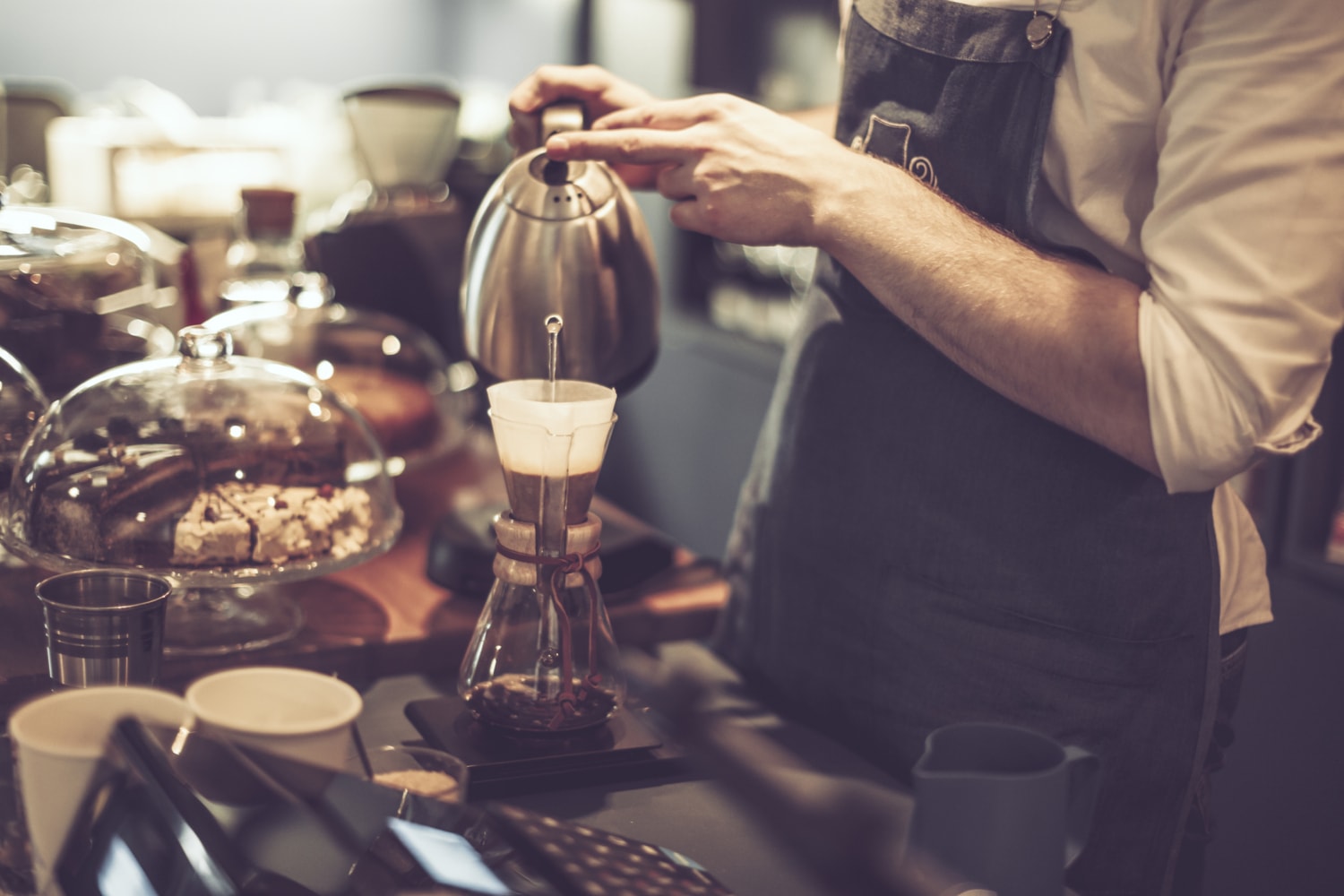

These beans don’t have as much caffeine as other coffee beans. As much as 70% of the coffee in the entire world is from Arabica beans. The most common coffee on the planet is Arabica. There are many different kinds of coffee beans out there and they all contain varying amounts of caffeine. Let’s break those down, shall we? – The coffee beans themselves While that basic equation above can help you get a decent handle on things, the caffeine content in your coffee also depends on a few other factors.
#1 CUP COFFEE CAFFEINE CONTENT HOW TO#
Keep reading and you’ll find out more about the caffeine content in your coffee and how to amplify your morning buzz! What Factors Affect Caffeine Content? Of course, there’s a little more to it than some simple math. We’ve included a handy caffeine list to help you with that along with the strongest coffee brands just in case you want to step up your caffeine intake or even tone it down slightly while still enjoying the sweet morning nectar that is coffee. So, basically, every 10 grams of dry coffee, contain 80mg of caffeine. You take that number and multiply it by 0.008. All you need to do is weigh your dry coffee in grams. And if not, now you’re going to, aren’t you?įortunately, it’s not too difficult to calculate the caffeine content in your coffee cup. Perhaps you’ve pondered that before while sipping it.

Nestled into the cupholder of our car while we sit on the highway wondering when they’ll ever finish this construction work (spoiler alert: never!), at our workstations while we toil away, coffee is ‘Old Reliable’ because of that blessed caffeine in every cup.īut exactly how much caffeine is in your cup?

We rely on that caffeine to pep us up and get us going so we can face the daily grind. This Standard includes additional labelling requirements advising the products are not suitable for young children, pregnant or lactating women and individuals sensitive to caffeine.Most of us can’t even think of starting off our hectic days without a cup of coffee. It sets maximum permitted levels of caffeine and other substances in these products (the maximum amount of caffeine they can contain is 320 mg per litre). Energy drinks are regulated under Standard 2.6.4 of the Code. In cola-type drinks, the total caffeine content must not exceed 145 mg/kg in the drink as consumed. This is to help people avoid caffeine either for themselves or their children. Foods containing guarana (a South American plant with high levels of natural caffeine) must also be labelled as containing caffeine. Foods containing added caffeine must also have a statement on the label that the product contains caffeine.
#1 CUP COFFEE CAFFEINE CONTENT CODE#
The Food Standards Code restricts how much caffeine can be added to cola-type soft drinks and energy drinks. This amount for children aged 9-13 corresponds to a caffeine intake of 120 mg per day (approximately two cans of cola) and about 240 mg per day (approximately three cups of instant coffee) for adults. However, a FSANZ Expert Working Group analysed the available literature in 2000 and concluded that there was evidence of increased anxiety levels in children at intakes of about 3 mg of caffeine per kilogram of bodyweight per day. There is no recognised health-based guidance value, such as an Acceptable Daily Intake, for caffeine. Ĭaffeine content of some food and drinks: Some caffeine products are not considered safe for consumption and have been banned in Australia and New Zealand. These products usually come in the form of powders and syrups and are typically marketed as sports supplements. Products are also available with added caffeine, including cola-type soft drinks and formulated caffeinated beverages (energy drinks). Caffeine occurs naturally in foods, such as coffee, tea and cocoa and has a long history of use as a mild stimulant.


 0 kommentar(er)
0 kommentar(er)
